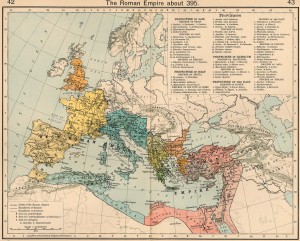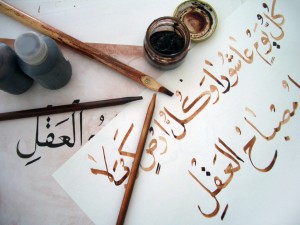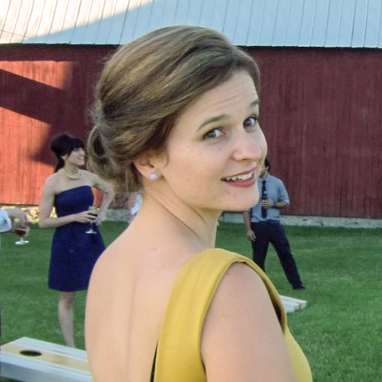The History of Spanish: Finding the Romance
Posted on October 24th, 2013 by Samuel Max in Uncategorized | No Comments »
Today Spanish is spoken by over 330 million people, and is the official language of 21 countries. It’s projected to become a language of 900 million in 2050, that’s 10% of the earth, yet less than 600 years ago it was nothing of the language it is now, a mere native language spoken in a small area of Spain.
So where did it all begin? What happened in the creation of such a prominent language?
Let’s go back in time…The Roman Empire once occupied a large area of land around the Mediterranean sea, including the Iberian Peninsula which was fought over for two centuries, until the Romans took complete control of it and what they called Hispania. This land provided the Roman Empire with olive oil, wine, metal and food; until their eventual evacuation in 460 AD.
The language spoken by this dominating Roman Empire was Latin, and as you may already be aware, Latin’s influence is vast. Latin grew from Indo-European, which originated approximately 5 thousand years ago. Upon the fall of the empire in the 5th century, the lands they once occupied were left with Vulgar Latin, including Hispania. There were large scale migrations into the areas previously occupied by the Romans, and as such the lands became fragmented and split among different peoples; despite this and numerous battles waged, the Latin language remained, and continued to be shaped in different ways by the many people using it.
Over many years these new cultures began to deviate and alter Latin into their own unique, and mutually intelligible languages. These different versions of Latin slowly evolved into the Romance languages, early versions of Portuguese, French, Italian, Romanian, and Spanish.
In the year 711, Islamic Moors invaded the region and brought with them the Arabic culture and language. While the Islamic invasion spread over the majority of the Iberian Peninsula, there remained a northern region known as Castile, in which there was a Christian minority keeping the local language intact. By the eleventh century Castile declared itself a kingdom, and the Castilians began to reconquer the peninsula, driving out the Islamic and Arab presence. As they spread, so did the Castilian language, until the Christian reconquest of Spain was completed in 1492; During this time, King Alfonso X declared that Castilian be used on all legal documents, as such it became the official language, and where we get Castellano from today.
Even with the exile of the Islamic, their influence remains on the Spanish language, particularly in the areas of technology, science, agriculture and trade. In fact, in a modern Spanish dictionary, close to 4 thousand words are in some way related to Arabic. As an example: The Arabic ‘al,’ translates to ‘the’ in English, and many words beginning with ‘al’ in Spanish have come from Arabic; Algebra, Alcatraz, and Alambra to name a few.
Next week I’m going to bring forth the transition to the Americas, and the influence of the Incan and Mayans on the shaping of the Spanish we know today.
Do you find the history interesting? Did you know all of that already? Do you have any questions or quarrels?






